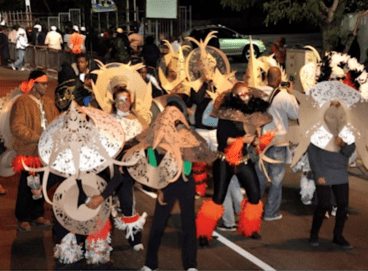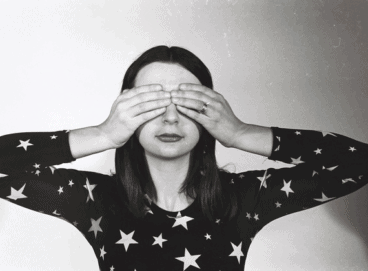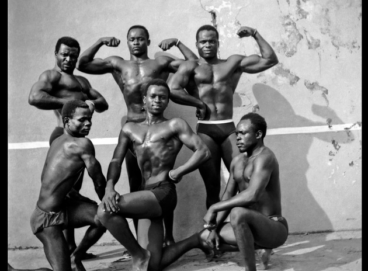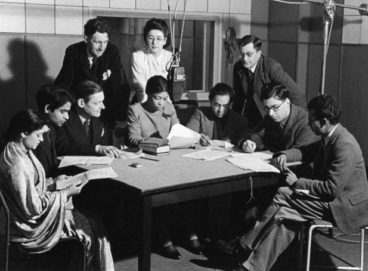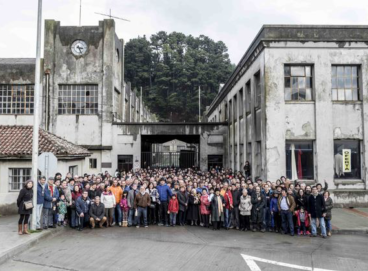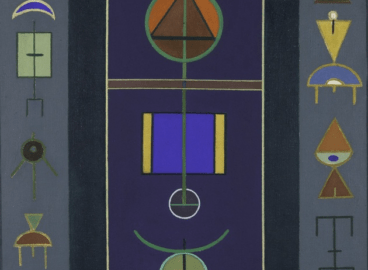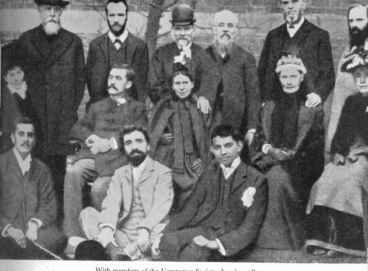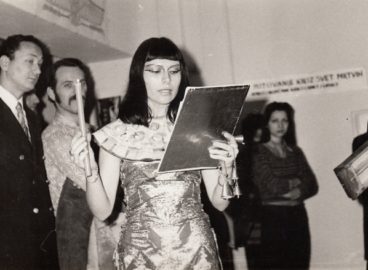Performing Identities: Self-fashioning in Visual Culture and Architecture
Branislav Jakovljević, Claire Tancons, and Anoma Pieris consider how concepts related to self-representation and performativity not only generate sites of resistance, but also recast our perspective on established discourses of the national, ethnic, diasporic, and racial.
